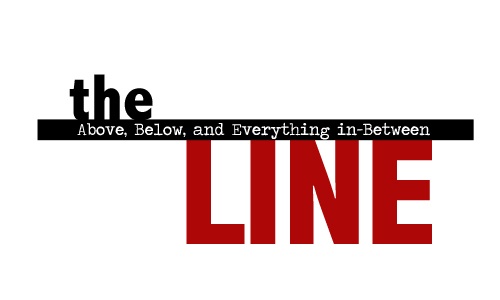Recently, I had the pleasure of speaking to Mr. Ariely on the phone. During our conversation, he said that it is his belief that consumers cling to the choices they have grown accustomed to making, regardless of whether or not the choices make sense. For example, they might continue springing for the more expensive wine they favor despite the fact that the state of the economy suggests they should, perhaps, get the Yellow Tail instead.
This got me thinking: Could it be true that development heads and producers suffer from the same "irrational" disease as the rest of us? Is this why, with every passing pilot season we see the "next" ER or the "new" Grey's Anatomy or a "revisiting" of Malcom in the Middle? Don't get me wrong, some of my favorite shows - Jack and Jill, What About Brian (sadly, cancelled) - were no-doubt "inspired by" Friends, but the question remains: If these offshoots consistently fail (or more often than not, anyway), wouldn't the rational choice be NOT to find the "next" something but INSTEAD to find a "new" something else?
I don't have the answer to this question (otherwise I'd probably be fantastically wealthy producing shows of my own), but what I do have is an experiment of my own to better illustrate our "predictably irrational" tendencies. Enjoy!
THE OVERWHELMING APPEAL OF FREE:
$20 for $7 or $10 for nothing
The goal
To disprove or find exception to the following findings of Predictably Irrational’s Dan Ariely: When offered the choice between a $10 Amazon gift certificate for free and a $20 Amazon gift certificate for seven dollars, the majority of people polled at a Boston mall opted for the free voucher.
The reason
When faced with the question myself, I too thought “free;” however, I felt I would have selected the “$20 for $7” had the choices been presented to me while shopping or browsing on Amazon’s website.
The experiment
I surveyed 60 people (30 men and 30 women) while shopping or browsing at Barnes and Noble in New York’s Union Square, asking whether they would prefer a $10 Barnes and Noble gift certificate for free or a $20 B&N card for $7.
I then took the same question outside, querying 60 people – 30 men and 30 women – in and around Union Square (i.e. people who are not necessarily Barnes and Noble customers).
The expectation
A majority of B&N patrons would recognize the value of the “$20 for $7” - $13 dollars in hand versus $10 with the “free” option.
The findings
THE OVERWHELMING APPEAL OF FREE:
$20 for $7 or $10 for nothing
It came as no surprise to me, per my theory, that those people questioned outside of Barnes and Noble would hop aboard the “free” train. But I was so sure I would be right (or fairly certain, at least), that when presented with this experiment’s question, an overwhelming majority of B&N customers would jump at the superior, clear cost-saving offer of $13 toward a potential purchase.
As the numbers show, however I was mistaken.
What was most surprising is that the unanticipated responses in favor of “free” often came after several moments of silence, while the shopper – sometimes with books or even baskets of books in hand – mulled over their options.
I would grow a little eager with anticipation, as I could almost see the wheels of thought gearing into motion, turning slowly and gradually gaining momentum, working out this perceived enigma.
Every time this happened, I was sure I’d found, as Ariely might say, a “rational” person. I thought, “Clearly, if they are taking this much time to weigh the choices, true logic will be the victor!”
Every time this happened, the person would smile and say, “Free.”
This reply was frequently accompanied with a statement of the pollee’s rationale. Here’s a sampling:
- “With the 20, I have to give you 7 to get it.”
- “A bird in the hand you know…”
- “I don’t want to pay you. It doesn’t cost me nothin’.”
- “The $10 one is just faster.”
One customer even looked at the book in his hand – a book he was on his way to purchase – noted the price ($16.00) and still said…
…you guessed it, “The free one thank you.”
Conversely, every person who voted in favor of the “$20 for $7” hesitated not a moment before supplying their response, and each of them supported their assertion with some variation of, “This way I get $13 instead of only $10.”
Also interesting to note, the majority of people who chose the “$20 for $7” were male: a combined 21 men to 9 women in both portions of the experiment.
The conclusion
The power of “free” does, in fact, seem to overwhelm “rational” thought for a majority of people…women in particular.







No comments:
Post a Comment